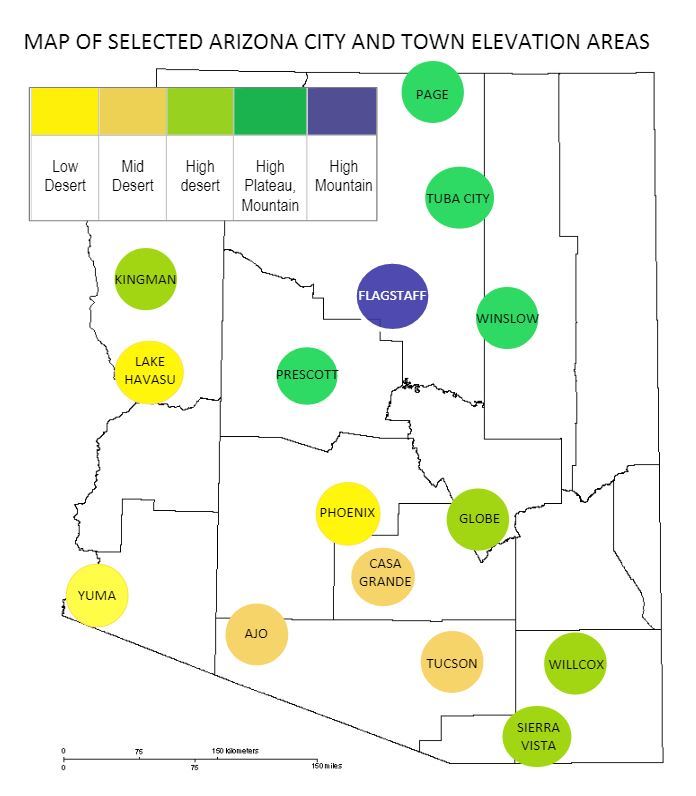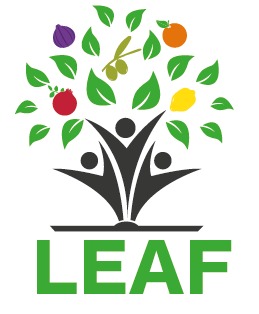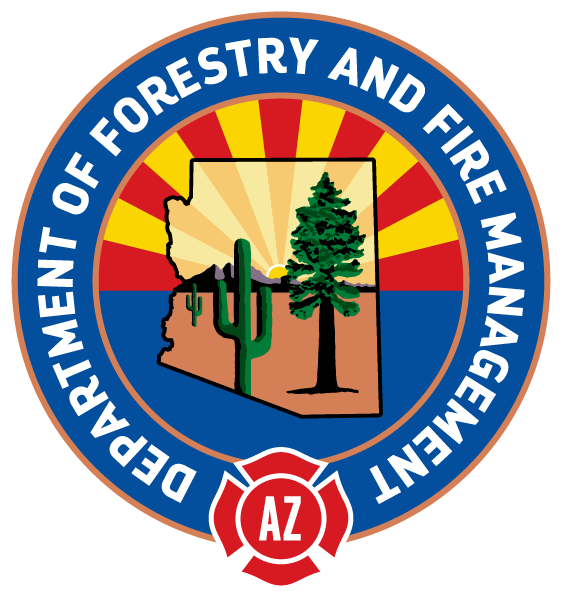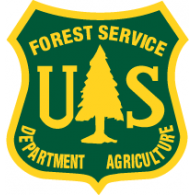Arizona Elevations for Trees Click Here for a PDF of Arizona Elevations for TreesMany edible trees have an Arizona climate and elevation range suitable for good growth and the production of a reliable harvest. The LEAF network lists five general elevation categories where Arizona edible trees grow—Low Desert, Mid Desert, High Desert, High Plateau/Mountain, and High Mountain, along with representative cities and towns within these elevation categories. The table called Elevation Areas, Water Needs and Chill Requirements for Selected Edible Trees in Arizona summarizes this information for selected cities and towns in Arizona. See the Map of Selected Arizona City and Town Elevation Areas to see where elevation areas are located. These elevations correlate with elevation information shown below fruit photos at LEARN - Edible Trees that Grow in Arizona. The Edible Tree Directory provides detailed information about many Arizona edible trees and shrubs and elevation ranges where they can grow. Consult nurseries, the Cooperative Extension service, the Internet and plant books for additional information on different edible tree species that thrive at specific elevation ranges. For example, capulin cherries are a tropical species that will thrive in the low to mid desert areas. Traditional sweet cherries produce well in the mid desert region, sour cherries will produce a reliable harvest in the high plateau region, and the native black cherry will thrive and produce in high mountain areas. In addition, different varieties of the same tree species can tolerate additional heat and cold. For example Rome Beauty is a reliable apple tree for mountainous areas with late spring frosts. Anna’s Apple is a “ low chill” variety that will produce in the low desert regions. While many fruit crops are best suited for mid elevations in Arizona, several—such as apple, peach and plum—have low chill varieties that can be grown in the desert. In addition to elevation ranges, see LEARN - Chill Requirements to help choose trees for your location. To assist with choosing trees, the United States Department of Agriculture (USDA*) has mapped planting zones for the U.S. These zones are based on minimum winter temperatures and may be found on many websites by entering your zip code. Nursery tags often indicate which zones are best for a specific tree. Climates of adjoining zones grade into one another near the boundaries, which may affect the trees that can survive in these regions. While using elevations and zones can be useful as guidelines, keep in mind that average temperatures might change from year to year and extremes of heat or cold may affect your edible trees along with many other conditions. In addition, temperatures in Arizona are increasing due to climate change impacts. For information on what climate conditions to expect in Arizona in the future, see Learn - Climate Change. Selecting appropriate trees and placing them in beneficial environments will increase the likelihood that edible trees thrive and provide nourishing food resources to you and the community. Be ready to experiment! |
CAUTION: Never eat anything that is not properly identified. It is your responsibility to ensure that all fruits, nuts, seeds, pods and other edible products of trees and shrubs are correctly identified and safe to eat before eating them or serving them to others.
Copyright 2023
LEAF is under the fiduciary stewardship of the Arizona Community Tree Council, a 501(c)3 non-profit organization.
70 S Val Vista Drive, Suite A3-186, Gilbert, AZ 85296





